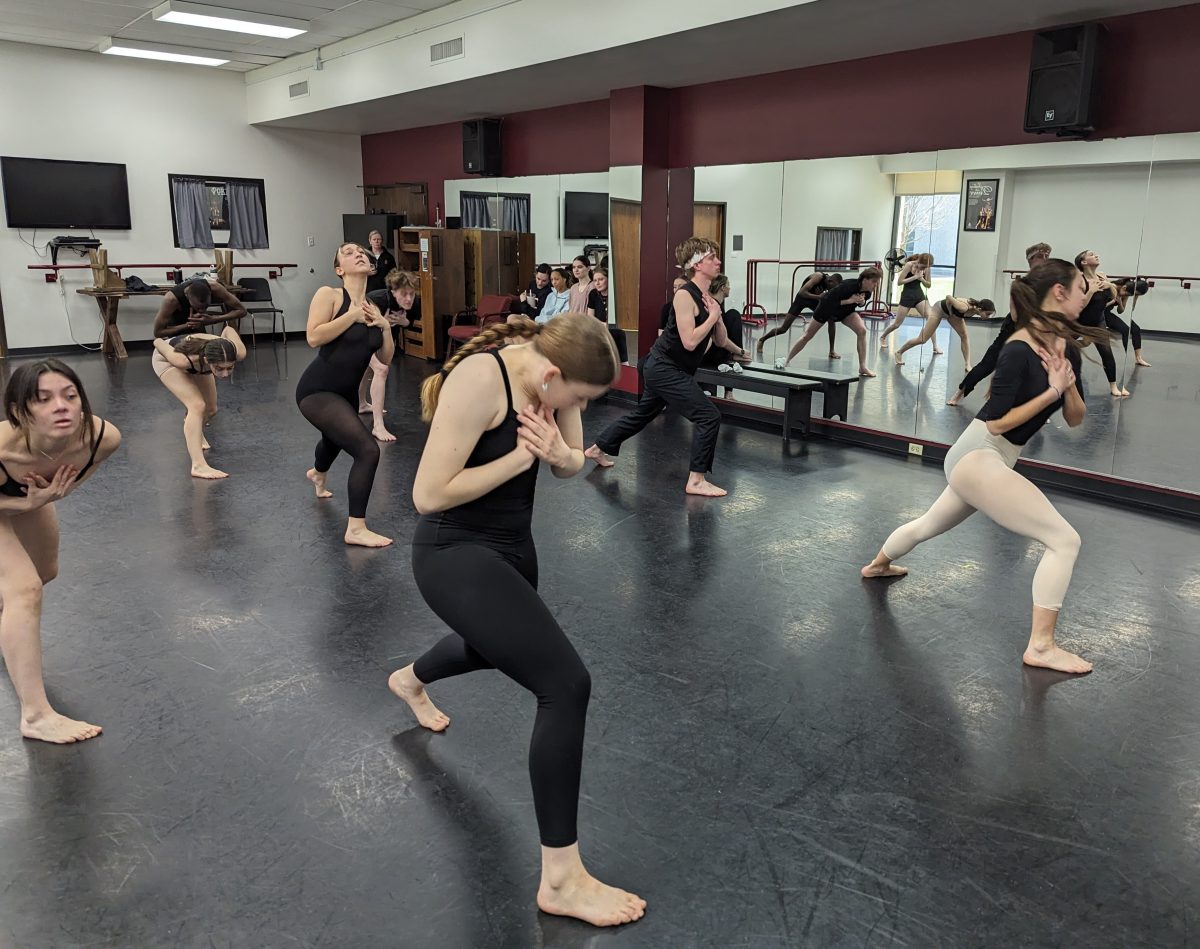When students graduate high school, they must decide whether to continue pursuing higher education and go to college or head straight into the workforce. According to the Education Data Initiative, 61.8% of high school graduates go on to attend college, university or trade school. However, studies show a difference between the genders of those who go on to study higher education.
According to The Wall Street Journal, the 2020-21 academic year ended with 59.9% of students being women and 40.5% of students being men. This was an all-time high for women in post-secondary schools. In 2021, there was a decline of 1.5 million students, and 71% of that decline was from men. Statistically speaking, more women enroll in college than men. The Pew Research Center surveyed 9,676 U.S. adults to explore the factors contributing to the growing gender gap in college completion. According to the National Bureau of Economic Research, a factor in women increasingly going to college is the rising divorce rates. To care for their children in case of a divorce, women need a secure financial pillow to fall back on. However, according to a Pew Research Center survey, a third of the men surveyed did not finish post-secondary schooling simply because they did not want to. The Pew Research Center also found that 39% of women ages 25+ earn a bachelor’s degree, whereas only 37% of men within the same age range earn a bachelor’s degree.
Along with the numbers for women rising in higher education, so do those for non-binary students. According to a guide released by Common App, in the fall of 2022, 2.2% of students who applied for college reported identifying as transgender or nonbinary. That is more than 26,3000 students who identified themselves as such on Common App when submitting applications for colleges. Something that may affect this number, though, is that some students might not admit they are transgender or nonbinary on their applications due to filling out applications with family members or they have not come out yet.
According to On Campus, a podcast from CITI Program, nonbinary or transgender students are often forgotten about when it comes to administrative levels. This leaves students advocating for themselves, which can be difficult on top of trying to keep up with their studies. However, with the growing number of transgender and nonbinary students going to schools, schools and student organizations have created resources for them. These resources can include, but are not limited to, counseling, campus community groups and links to legal help students might need.























